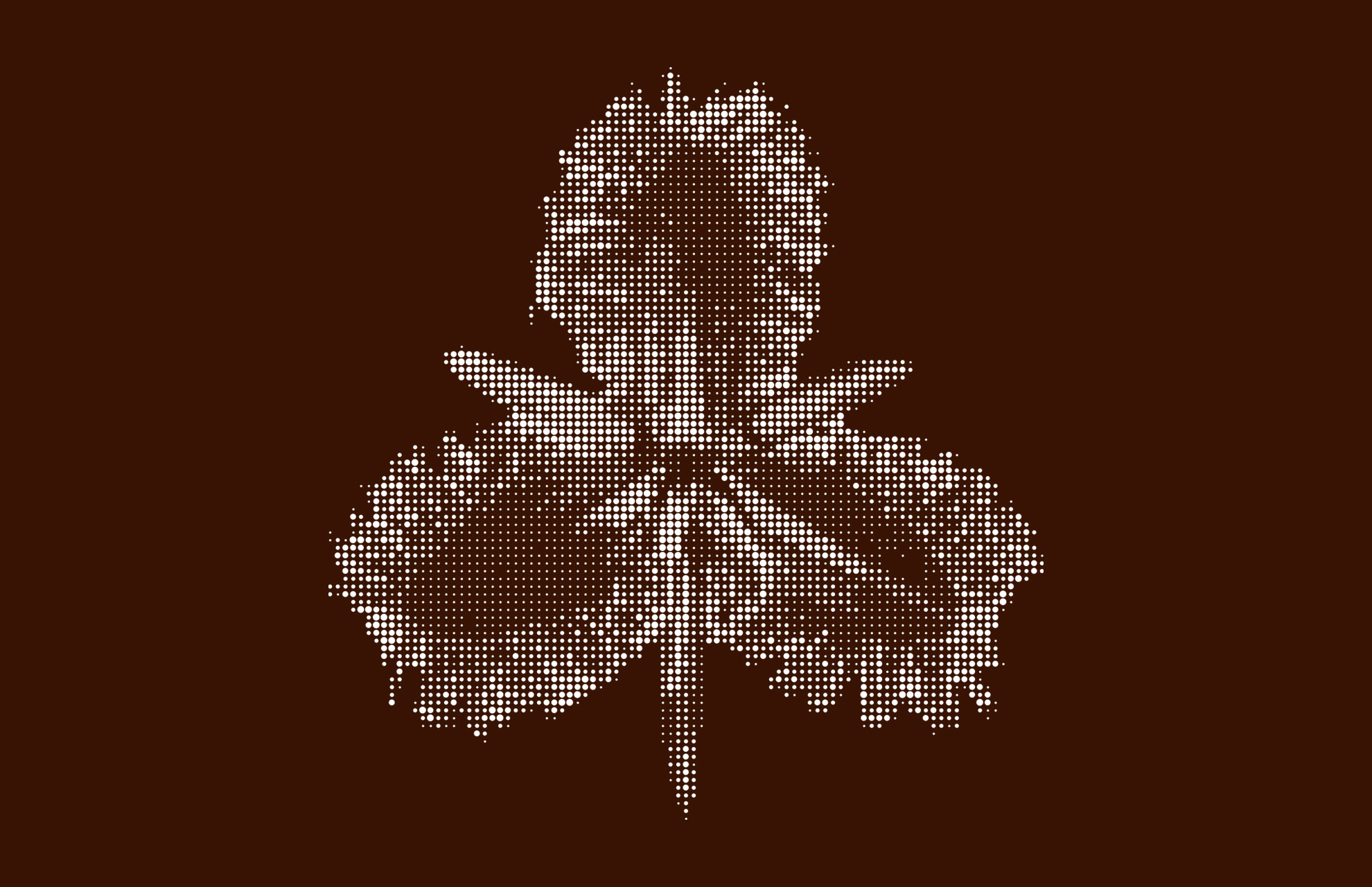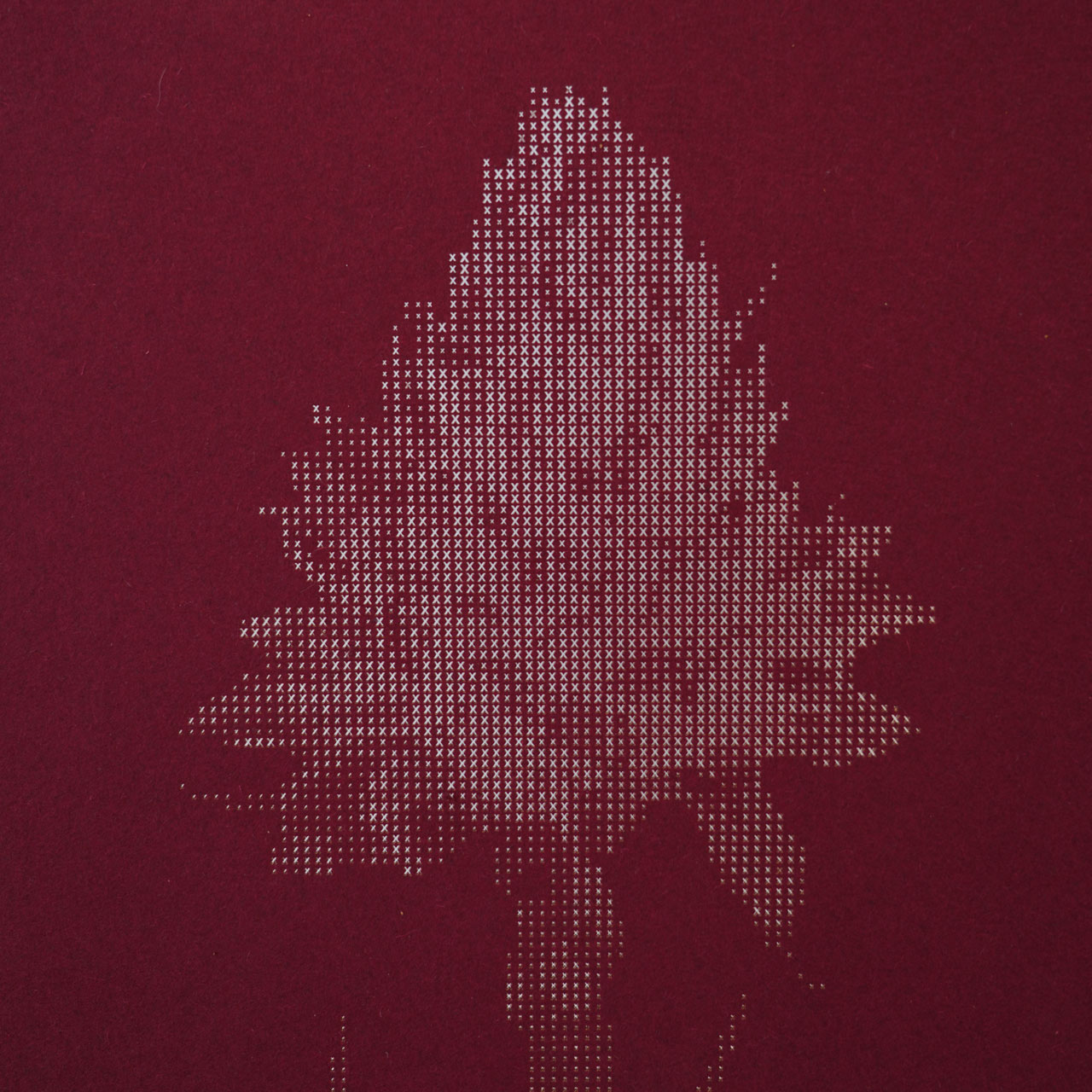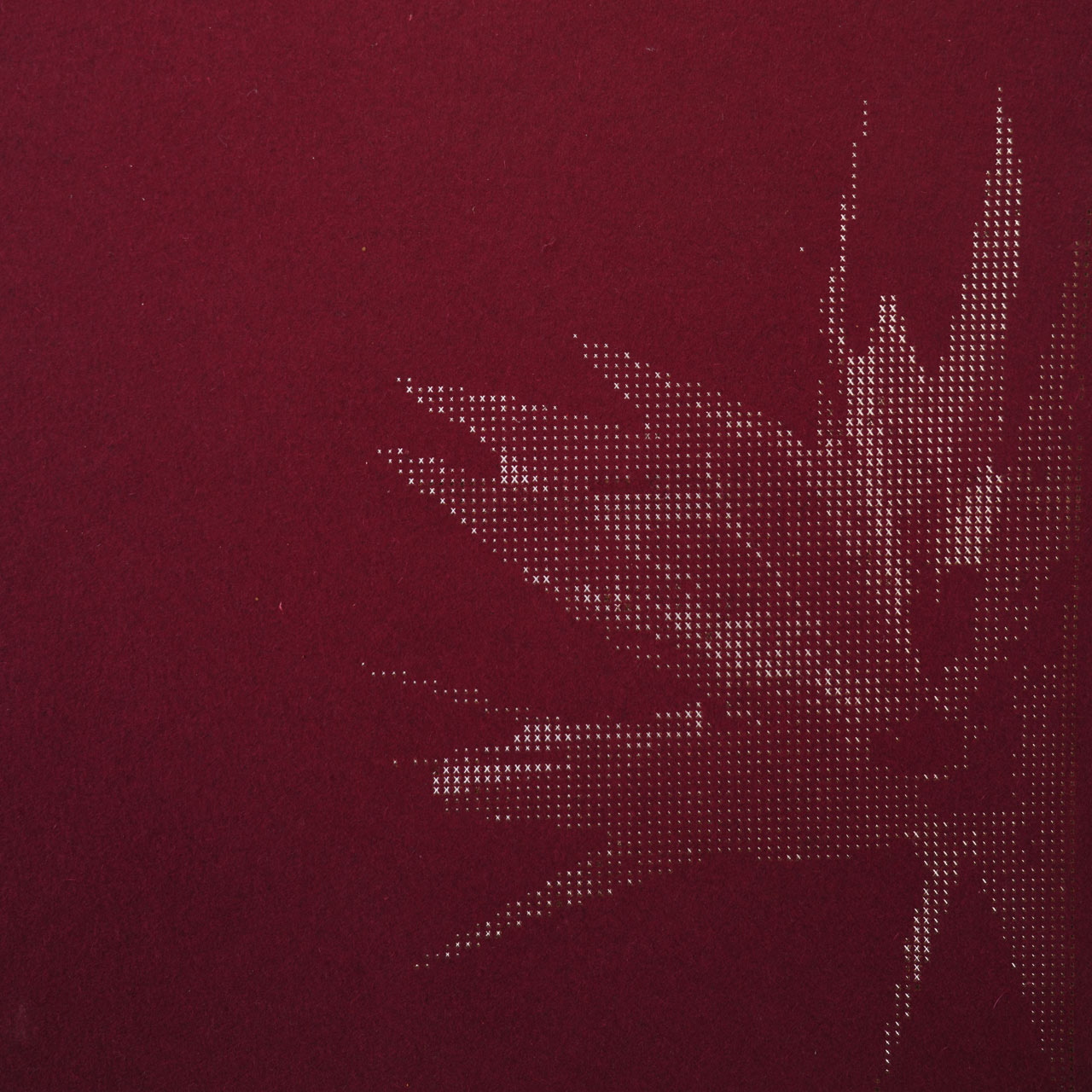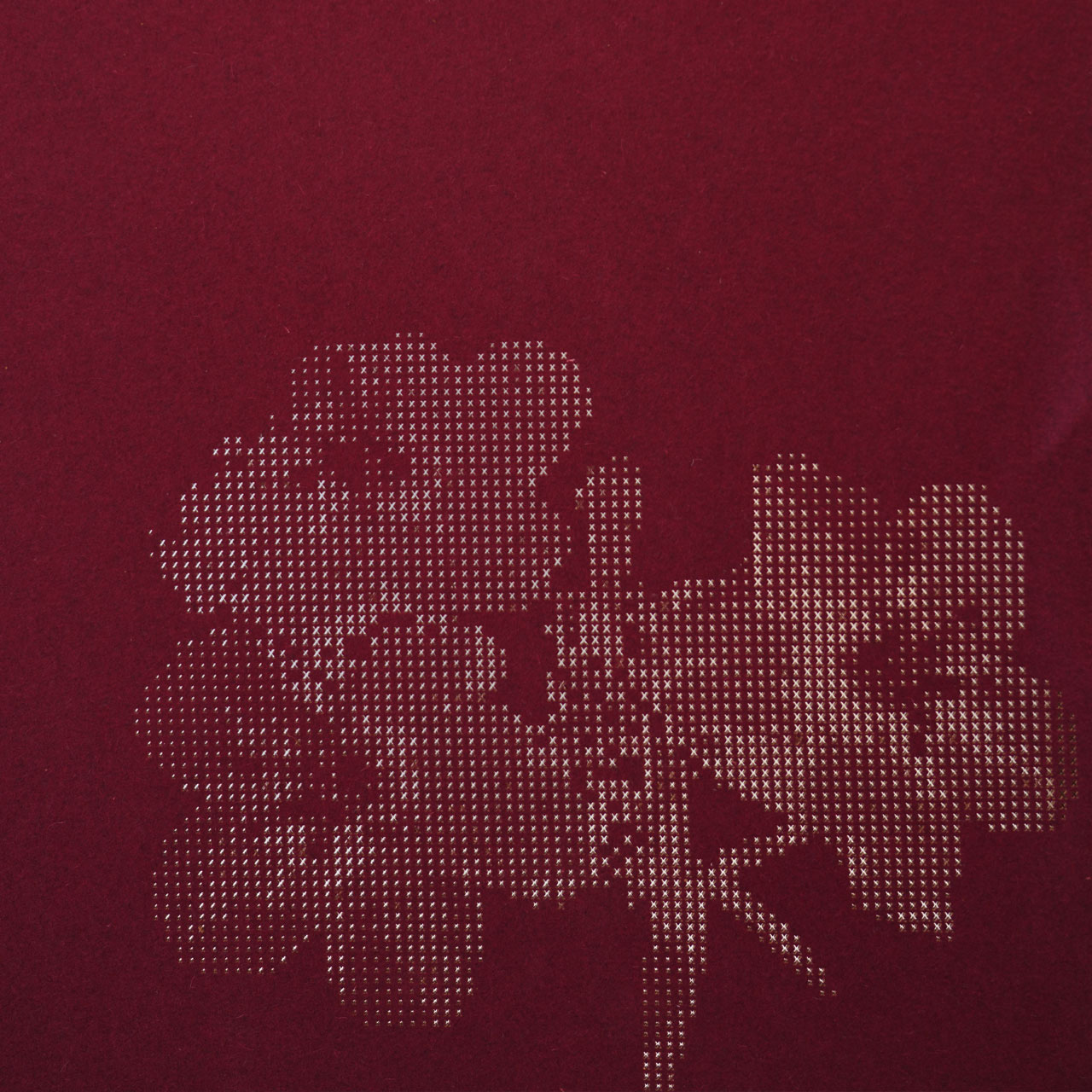



People say that design is a problem of style and profitability, but what about today's ecological and social crisis?
• What happens if it brings together architects, craftsmen, designers, artists, makers, engineers and civil society, for collective co-construction?
engineers and civil society in a collective co-construction process?
• Will it encourage the development of techniques that make the link between aesthetics and
eco-responsibility, to create environments that make space co-habitable between humans and non-humans?
Communiqué de presse
Forms are worlds in themselves. They contain representations of uses according to contexts, interests, practices and social symbols. These representations derive from technical issues and materials, as well as from a diversity of cultures.
All forms are the result of human production.
Objects, artefacts and architectural elements are just as much tools for carrying out simple operations - holding water, remembering, the threshold of a dwelling - as they are devices for our work activities or everyday life, or as art objects.
From the very beginning of life, the series has been part of our way of thinking through the production and activities of human industry.
This function, born of a direct relationship with survival, has given rise to responses to primordial needs: heating, feeding, etc., all actions that support life. These archetypes, these early models, evolved and hybridised according to situations, cultures, resources and technical developments.
The advent of industrial production did not introduce series production, but rather the division of labour. Mechanisation initially originated in the repetition and mastery of skills and craftsmanship, which were copied by mechanical production. The transposition of these gestures into mechanical gestures organised around the rationalisation of time has broken down form into reproducible elements. Insofar as individual bricole, common craft and art craft have not continued their course of production, serial or otherwise, as an integral but non-dominant part. Categorised in this way, these forms give rise to genealogies: homogeneous industrial series, varied series, artisanal series, limited and numbered series, artisanal art, off-series for the strictly individual choice that needs to be hybrid.
Distributed manufacturing
Distributed manufacturing is a decentralised production method made possible by the deployment of the Internet. It is based on the pooling of skills and production resources on a human scale, with the aim of designing, manufacturing and distributing artefacts, products and architectural elements. The unique dynamic of this network is based on the wide variety of people involved and their skills and knowledge. They range from citizens equipped with 3D printers, to makerspaces, to very small businesses, SMEs and sometimes large groups, between micro and macro factories, through globally connected local productions that unite craft and industry.
The issue can be summed up as follows: is design there to support change through the modernisation of technological means, or is it there to think about changing its industry in order to make it more human, more accessible?
The first solution was applied in the conceptual and formal frameworks of the modern movement, which met the challenges of its time by democratising through consumption. By creating a culturally stabilising mechanical language, it supported good taste, simple forms, Less is more, a genealogy of the function and typology of inhabited spaces. Rationalisation of production for better assimilation into the market through the relationship between price and wages. They range from citizens equipped with 3D printers, to makerspaces, to very small businesses, SMEs and sometimes large groups, between micro and macro factories, through globally connected local productions that unite craft and industry.
This principle embraces the idea of infinite growth in a world that we know to be limited in terms of raw materials. "Integral design, which is concerned with adapting design to tools, materials and use; this design tends towards simplicity and towards what Horace Greenough calls "the majesty of the essential". The other interpretation of "functional" is the design of embellishment, or "envelopment". It seems to be more interested in the structure of the designer's or consumer's psyche than in the structure of the object."
These objects and spaces, which have become generic, identical throughout the world, and of poor quality both formally and materially, are the result of this process of monetisation and a reflection of our non-inclusive societies, which are also in the throes of degeneration because they are incapable of changing their software.
Overcoming the dichotomy between what can be done by hand and what can be done by machine, a dichotomy that arose at the start of the industrial era through the modernisation of society and was debated by William Morris, is a major challenge today. We live in a society where, from the nail to the slab of wood to the building brick, the operating mode is industrial; that's precisely why we need to create a production chain that opens up to a system of information transfer with a new operating regime so that the information, indications and orders to machines are based on principles that are radically oriented towards a single priority: life, the living, the living, human and non-human.
How can we do this?
Promote and develop techniques that link aesthetics and ecology, by leaning on an environment, to make the earth habitable; together in different inhabited human and non-human environments.
A new system
The world is criss-crossed by very different situations, actions and ways of living. Each response is the result of specific and diverse situations. It's no longer a question of compensating for social emptiness through consumption by means of a technique that provides a universal response, but :
• creating technical tools that enable spatial and temporal adaptation through the creation of an Open Standard based on limited resources: local raw materials to collectively take into account the preservation of biodiversity;
• to fill the social void through the idea of a time-knowledge budget instead of a consumption budget;
• to encourage the habitability of situations, for better cohabitation, co-creation and collective co-construction.
We are calling for a new form through distributed design.
Forms open up to address the prosumer = pro(ductor) + (con)sommer.
The generic aspect is adaptable; it is a common base of practices and needs, of desire, which gives the possibility of altering the object, the monolithic space, to produce together as close as possible to the territories.
